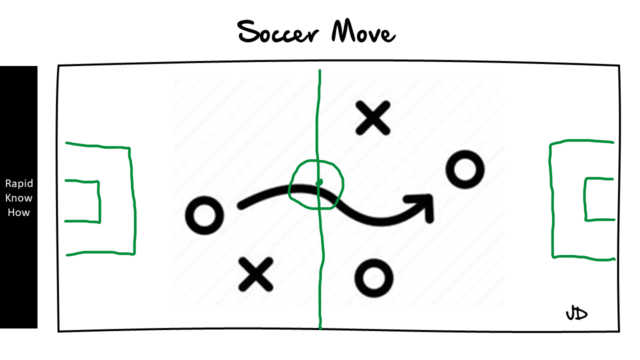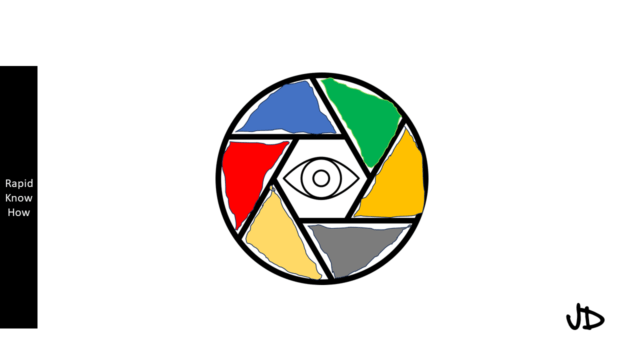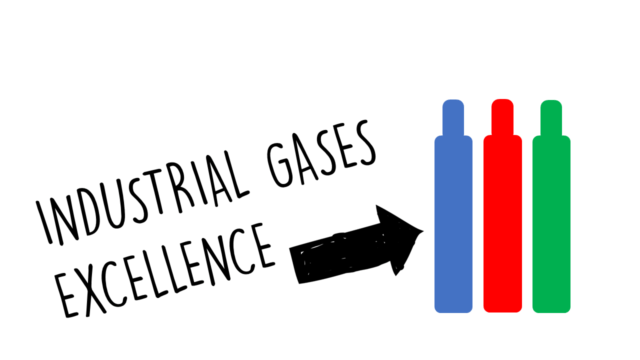Problem Description
Breathing problems in public are a significant health concern that is often overlooked. These issues can range from mild discomfort to severe respiratory conditions, affecting individuals of all ages and backgrounds. The root causes of these problems are multifaceted and complex, often involving a combination of environmental factors, lifestyle choices, and underlying health conditions.
The most common symptoms associated with breathing problems include shortness of breath, wheezing, coughing, chest tightness, and difficulty taking deep breaths. These symptoms can be exacerbated in public settings due to factors such as air pollution, allergens, smoke exposure, and stress.
Analysing Impact of Breathing Problems in Public
The impact of breathing problems in public is far-reaching and profound. On an individual level, these issues can significantly impair one’s quality of life. They can limit physical activity, cause anxiety and stress, and even lead to serious health complications if left untreated.
On a societal level, the prevalence of breathing problems can put a strain on healthcare systems. It leads to increased hospital admissions and healthcare costs. Moreover, it can also impact productivity levels as affected individuals may require time off work or school.
Finding out the Main Root Causes of Breathing Problems in Public using the 5 Why Model
To fully understand the root causes of breathing problems in public, we can utilise the 5 Why model – a simple but effective tool for getting to the root cause of a problem.
1. Why do people experience breathing problems in public? The immediate answer might be due to exposure to pollutants or allergens in the environment.
2. Why are these pollutants or allergens present? This could be due to factors such as industrial emissions, vehicle exhaust fumes or cigarette smoke.
3. Why are these emissions not controlled? Perhaps there are insufficient regulations or enforcement measures in place.
4. Why are regulations not enforced? This could be due to lack of resources or political will.
5. Why is there a lack of resources or political will? The root cause might be a lack of public awareness or understanding about the severity of the issue.
Conclusion and What to Do Next
In conclusion, breathing problems in public are a serious issue that requires immediate attention. The root causes are complex and multifaceted, involving environmental factors, lifestyle choices, and underlying health conditions.
To address this problem, we need to take a comprehensive approach that includes raising public awareness, strengthening regulations and enforcement measures, and promoting healthier lifestyle choices. This could involve launching public health campaigns, lobbying for stricter emission standards, and providing resources for individuals to manage their symptoms effectively.
Furthermore, more research is needed to better understand the specific factors contributing to breathing problems in public. This could help inform targeted interventions and policies to mitigate the impact of these issues on individuals and society as a whole.
In the meantime, individuals can take steps to protect themselves by avoiding exposure to known triggers, wearing masks in polluted areas, and seeking medical advice if they experience persistent or severe symptoms.




